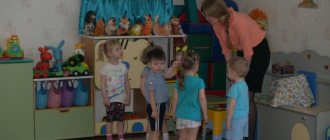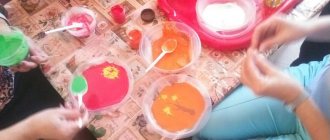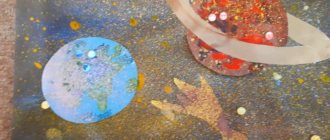Scratch board for children: DIY engraving craft. We will tell you about the technique of performing grattage step by step, works and drawings in this technique: grattage fireworks, landscape, space.
Scratching is one of the types of graphics based on making a quick silhouette sketch by scratching. Non-standard drawing techniques are interesting to all children, regardless of age. The only difference is that we have to help the kids prepare the source material, and the older ones can do everything on their own, since the technique of performing grattage for children is quite simple.
The word grattage comes from the French Gratter - to scrape, scratch. This is a well-known method of making a drawing by scratching paper or cardboard filled with ink or black gouache with a sharp tool. Another name for the technique is waxography , sometimes also called scratching.
All the steps in preparing a worksheet for work are interesting and useful in that they instill in the child a sense of consistency, attention, and perseverance. Drawing on a prepared dark sheet is generally like magic : the child will be amazed to see how bright, contrasting lines and strokes appear on a black background.

That is why the most popular motifs in the grattage technique for children are those that are always performed on a dark background: space, a rocket, a night landscape, festive fireworks.
Manufacturers call ready-made scratching kits scratch cards and engravings.
DIY engraving
Drawing is considered an engraving, because the image is obtained by applying strokes without the help of paints, although it would be more accurate to call this technique an imitation of engraving .
On colored cardboard
The simplest scratch paper can be made with your own hands on ordinary colored cardboard. An economical and colorful option is scratch paper on colored cardboard, for example, bright boxes, notebook or magazine covers, etc.

You will need: any colored cardboard, black gouache or acrylic paint, dishwashing liquid, a mixing glass, a candle, a stick for scratching the design.
- Mix cardboard paint: Add 6 teaspoons black paint and 1 teaspoon dishwashing liquid to a glass and stir gently until smooth.
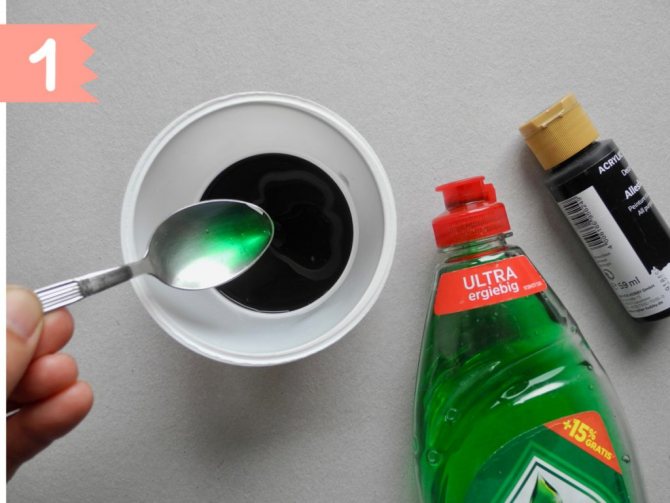
- Take a regular candle and carefully wipe the colored paper pages with wax. The cardboard should be completely covered with a thin layer of wax.
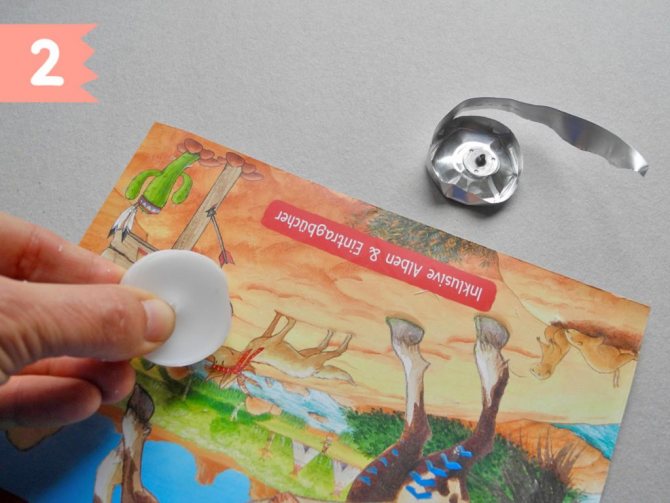
- Take a brush and paint the resulting wax paper with the resulting black mixture. It's best to stock up on printmaking paper so you'll have plenty of material to experiment with!
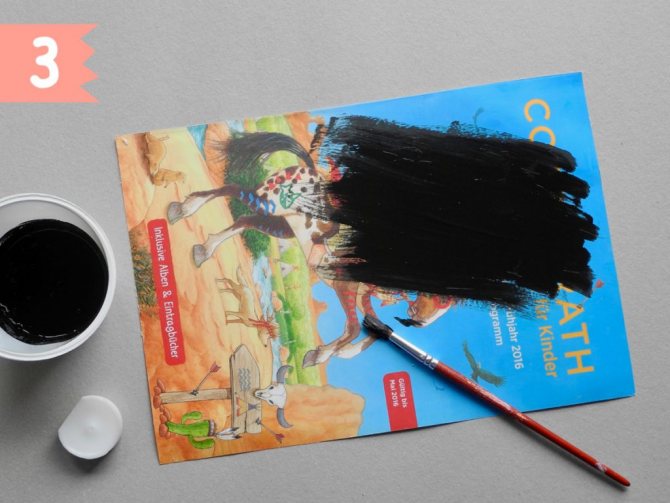
Scratch stick
Take any stick with a sharp end, such as a wooden skewer. By decorating the stick with washi tape and a wooden bead, the tool becomes a truly chic etching stick.
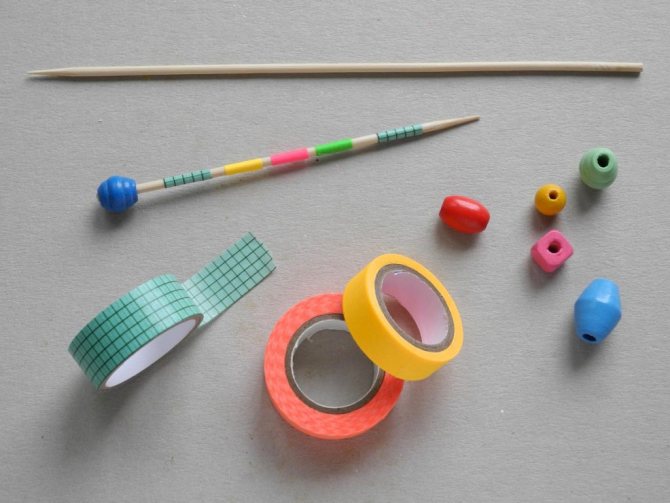
You can find another scratching device. Even a dry marker works well.
Engraving with wax crayons
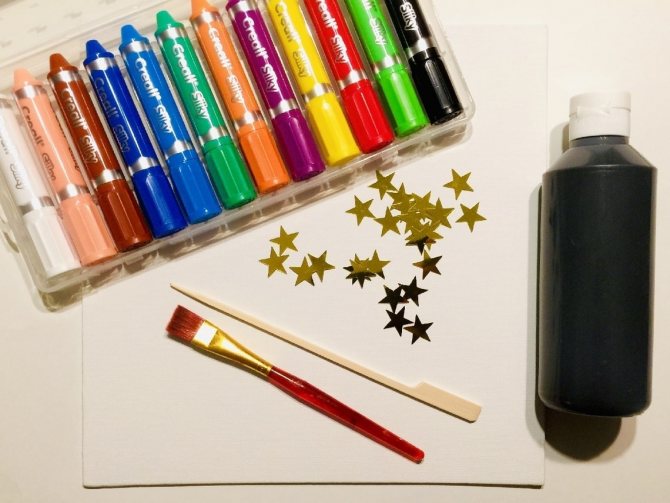
- Cover the construction paper with splashes of color using strokes of wax crayons.

- Paint the entire painting black using a soft brush. Not too thick, but not too thin either. If the colors are still showing through after 1 coat, you will need a second coat.

Types and features of grattage
Scratching is an interesting and varied graphic technique that provides the artist with many opportunities for self-expression. Finished works may differ from each other in the following parameters:
- Type of base (paper or cardboard).
- Base color (black, white, multi-colored).
- Type of drawing (linear or textured, using shading).
- The type of tool (cutter) used in the work.
- Type of top layer (ink, oil paints or gouache).
- Type of primer layer (wax, chalk, clay, egg yolk).
To create a clear, detailed image, a professional artist uses various types of cutters: diamond-shaped, chisel-shaped or knife-shaped. In children's creativity, drawings can be scratched out with all sorts of improvised means: toothpicks, sharpened sticks, paper clips, nails.
Scratch board for children
Festive fireworks - flashes of color on a coal-black sky - are an ideal theme for creative work using the grattage technique.
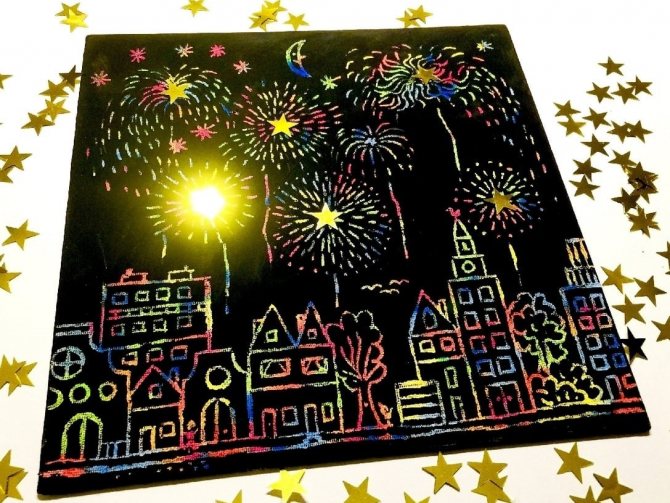
Night landscapes also look spectacular.
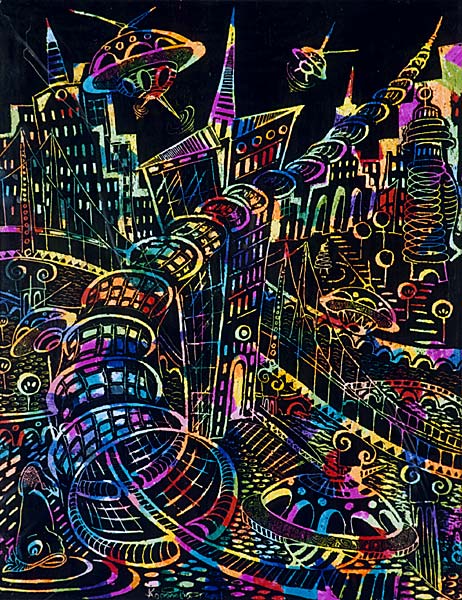
Animals, insects and fish, and almost any motif look beautiful in this technique.
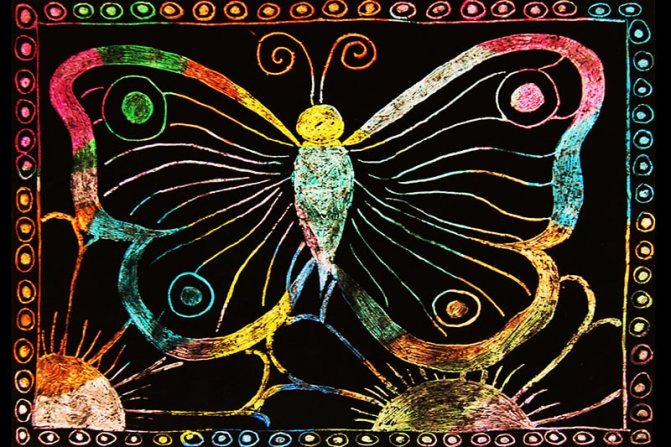
A way to depict a drawing for any age
Any child can learn to draw, which depends little on his natural capabilities and abilities. First of all, you need to approach the learning process correctly. This is the task of adults: to develop the child’s creative potential. If you want to interest a novice artist, introduce him to unconventional drawing techniques.
One of these methods is grattage. This drawing technique can be introduced to children of any age, as it is convenient and interesting to perform. For younger children, the basis for drawing is done by adults; older children can do it independently.
The whole process is divided into three main stages. Each of them will be interesting for children
Such activities develop children’s imagination, attention, perseverance, and the ability to finish what they start.
Working on drawings allows children to learn about the world around them and expand their horizons; the child accelerates the development of fine motor skills and attentiveness several times. Scratching is a good way for older children to express themselves and develop intellectual capabilities.
Ideas for prints
Forms
When you (or your children) get tired of scratching simple landscapes and fireworks on rectangles, try cutting out shapes and decorating them using the scratchboard technique.
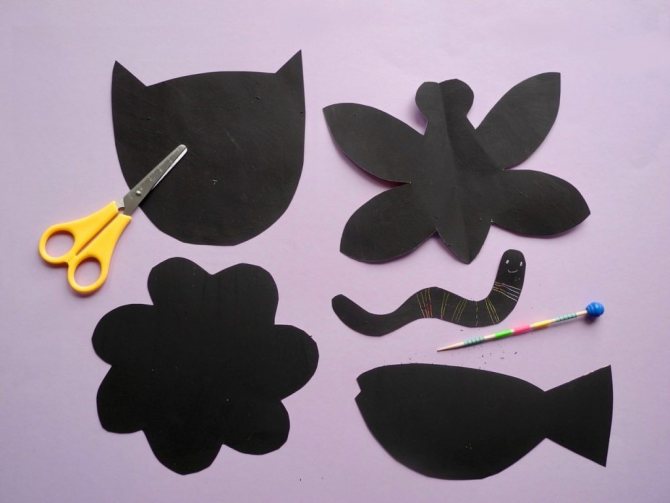
Photo paper
Print the photo onto paper, wax it, and cover it with engraving paint. This way you can make amazing greeting cards and make your parents, grandparents or friends happy with such a gift.
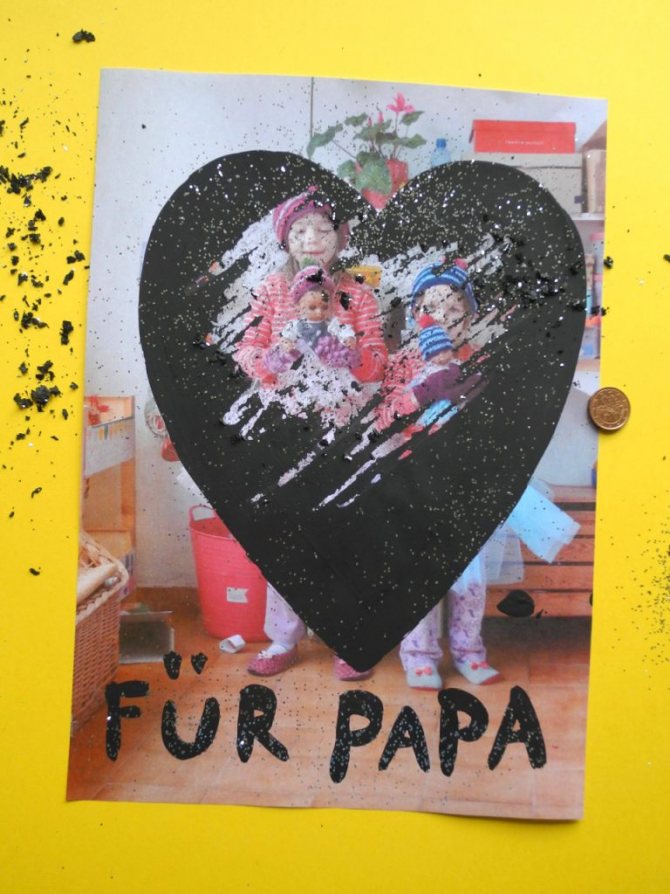
Color
Experiment with color: in addition to black, gold and silver shades look good.
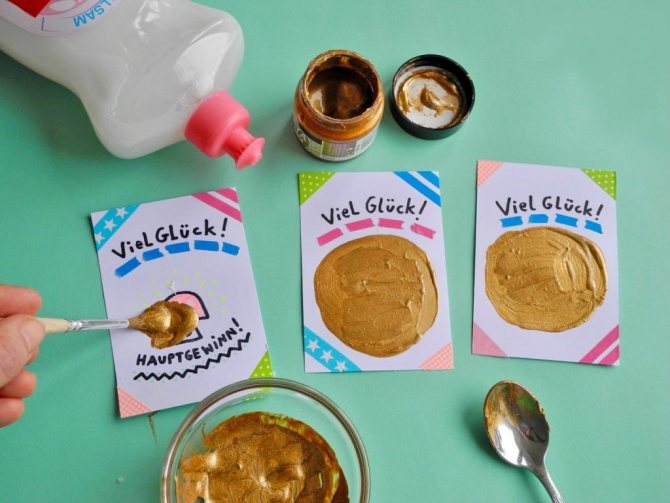
How to make a painting in the grattage style: examples
Looking at the work of professionals, I can’t believe that this can be done with your own hands. But even an inexperienced artist is capable of creating an amazing picture - you just need to approach the matter responsibly and show imagination.
View from space
A black background often makes children think of space. To depict the mysterious night sky, the base can be painted over with any colors: from orange to purple. It is best to use oil pastels to then shade the edges of the spots - this will make the transitions between tones smoother. The youngest artists will love the idea of depicting a city at night under the shining stars, whose life is observed by a friendly alien traveling in his “flying saucer”.
Magic tree
Spiral elements look very impressive in the grattage technique. In the composition “Magic Tree” the branches occupy almost the entire space with their large curls. The base is covered with clear transverse stripes of color, smoothly merging into each other: the cool tones from below gradually become warmer as they move to the top. The transitions are clearly visible due to the fact that the tree trunk is quite wide, as are the branches. The difficulty level of this work is average.
Peacock
Small spots of color, randomly located, and thin lines of the design give the effect of a more delicate, subtle play of colors. To depict a peacock, the artist should be patient, this increases the complexity of the painting. Pre-designed head, body and main tail feathers of the bird will help you avoid losing symmetry. When these main lines are ready, you can begin to methodically detail the design: scratching thin lines-beards and scale-like plumage on the neck and chest of the peacock.
There are an infinite number of ideas for creating grattage canvases of varying complexity. To work with a group of children, adults often prepare primed sheets themselves. But for a closer acquaintance with the technique, it is better to divide the lesson into two parts. During the first lesson, young artists will prime the base the way they want, and in the second lesson they will scratch their drawings.
